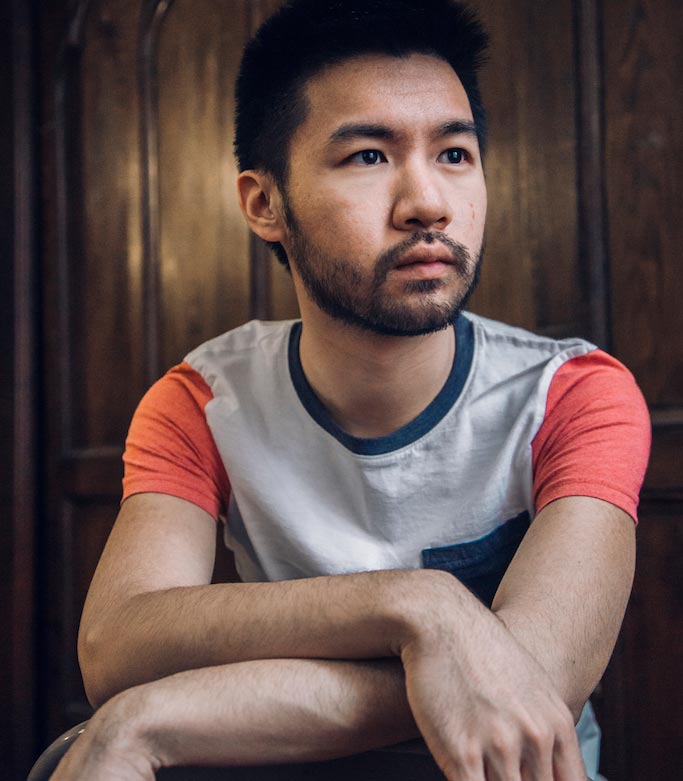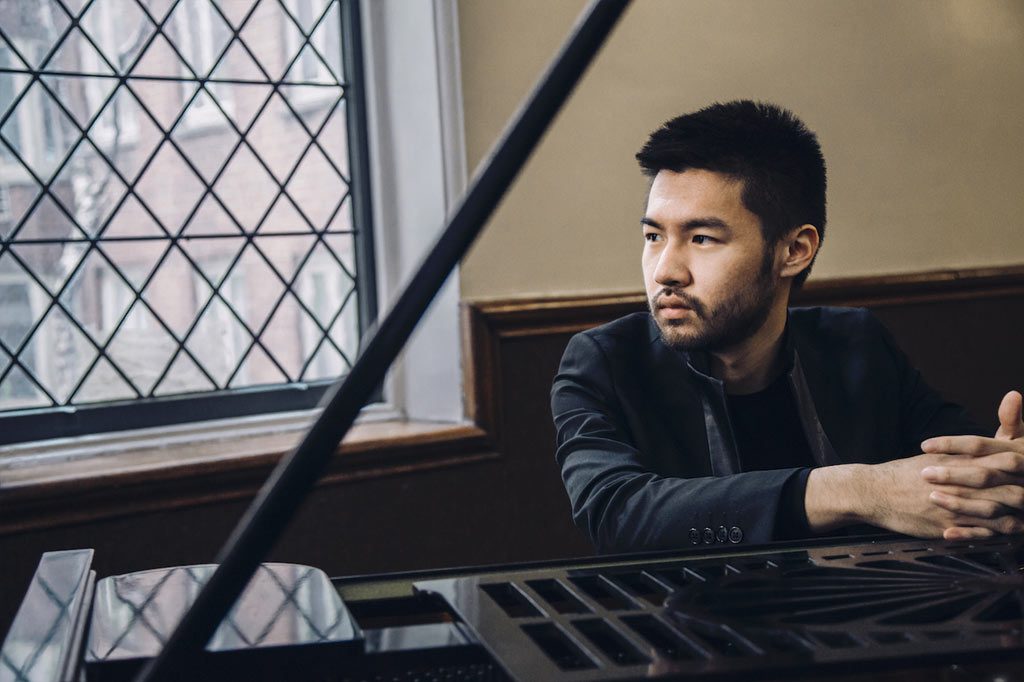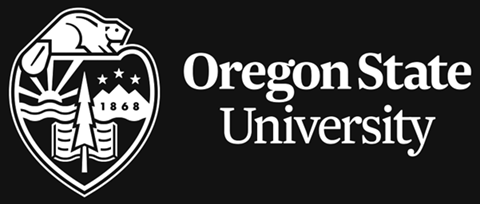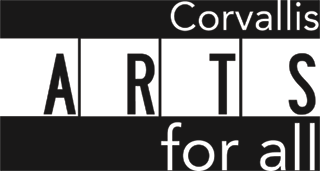by Matt Goodrich
David Lang has forged a unique and effectively uneasy, disquieting expression, with a meticulous intellectual and philosophical approach. His music, while rooted in the classical tradition, is infused with popular and avant-garde idioms, mechanistic sounds and rhythms, and a sense of “going someplace music doesn’t usually go.” Each of his memory pieces explores a musical or technical idea in tribute to a specific person. Lang explains, “These are pieces written in memory of friends who have died, not as heavy memorials or deep testimonials, but as an attempt to freeze some moment in my memory of my relationship with each of them.” cage is dedicated to American composer John Cage, who passed in 1992.
The Chromatic Fantasia and Fugue is one of Johann Sebastian Bach’s keyboard masterpieces, full of harmonic daring and deep emotional expression. The extravagant Fantasia, its contrasting sections comprising improvisatory flourishes, extensive arpeggiation, and an affecting instrumental recitative, produces a sense of inexorable drama. The Fugue’s ascending theme at first develops strictly, then breaks free into a rush of keys, accumulating intensity with chords, octaves, and fantasia gestures. The work is thought to have been written around 1720, likely inspired by the splendid harpsichord Bach acquired for the Cöthen court.
Over an extraordinarily long and storied career, Elliott Carter deployed a personal language of elaborate rhythmic, tonal, and structural complexity. Approaching his 100th birthday, he said, “I finally have done all my adventures and great big noisy pieces. Now I write simple ones.” The highly concentrated Two Thoughts about the Piano, “Intermittences” and “Caténaires,” written when the composer was 99, were composed for and premiered by Peter Serkin and Pierre-Laurent Aimard in 2006. Of “Intermittences,” whose title comes from Proust, Carter writes, “The many meanings silences can express in musical discourse challenged me to use some of them in ‘Intermittences’…a short work that also uses many different piano sounds to convey its expressive meanings.” With ”Caténaires,” he “became obsessed with the idea of a fast one-line piece with no chords. It became a continuous chain of notes using different spacings, accents, and colorings, to produce a wide variety of expression.”
Her own web site says it perfectly: “Julia Wolfe’s music is distinguished by an intense physicality and a relentless power that pushes performers to extremes and demands attention from the audience. She draws inspiration from folk, classical, and rock genres, bringing a modern sensibility to each while simultaneously tearing down the walls between them.” The brief and fascinating Earring, composed in 2000, presents a hammering, rhythmically irregular figure played at the top of the piano, creating a steely texture against which a gentle, dreamy melody is played in the middle of the keyboard. According to the composer, “The task is to maintain a clear sense of both worlds at the same time. For most of this short work the two hands coexist separately, taking little notice of each other as they transform.”





